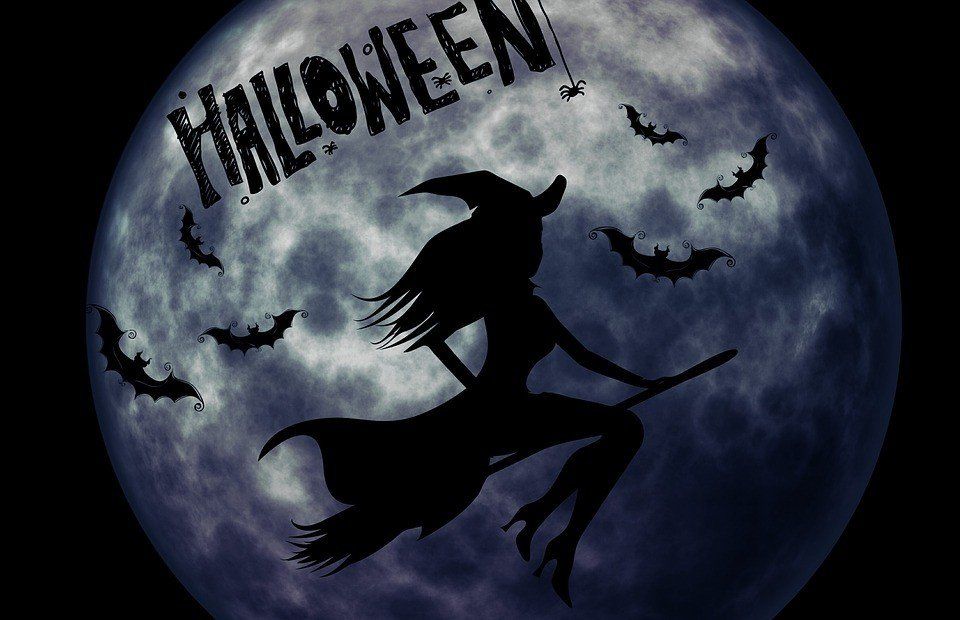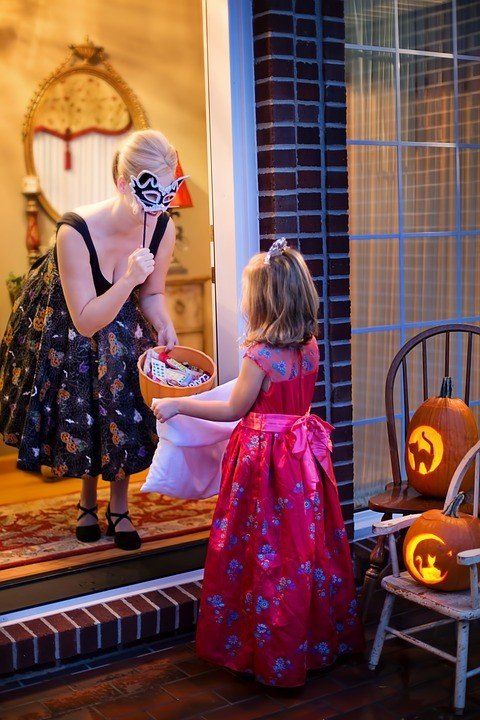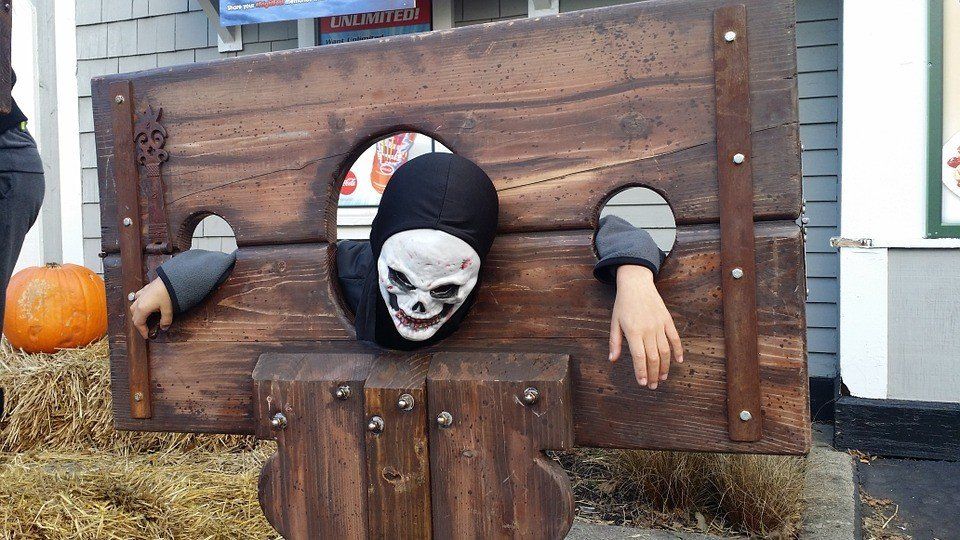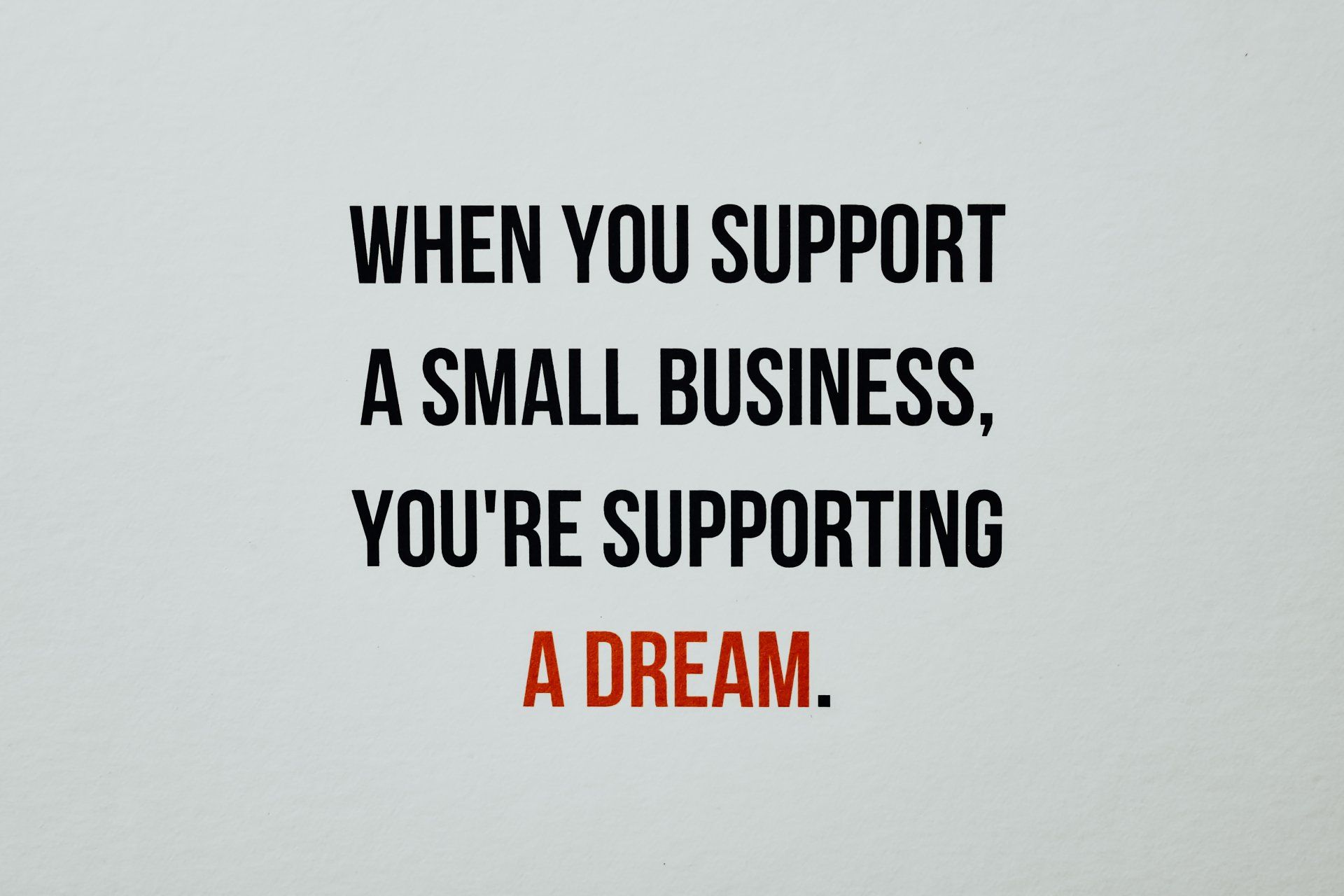"Shine Online"
Everything you need to know about Halloween 2018
From the holiday’s Celtic history to this year’s top costumes, here’s what to know to have a smart and scary holiday.
THE SCARIEST, SILLIEST , sugariest night of the year is finally here. Americans take their Halloween pretty seriously, even if many of us don't know exactly why we carve pumpkins, hang fake ghosts, hand out candy, or dress up like something dragged in by a graveyard cat.
As it turns out, we’ve been wearing Halloween costumes for nearly two millennia. But we've added plenty of modern twists to this ancient tradition.
To help you celebrate, we've summoned up that history, as well as a number of fun-size facts.
Archaeologists are still unearthing Halloween's roots at Celtic spiritual centers like the Hill of Ward (originally known as Tlachtga) in County Meath, Ireland. The holiday is descended most directly from the celebration of Samhain (SAH-win), the Celtic New Year observed between the sunsets of October 31 and November 1.
Celtic Costumes
Celts also began the Halloween tradition of wearing costumes, according to the American Folklife Center at the Library of Congress. The Celts donned animal skin to hide themselves from spirits, or they wore masks and blackened their faces to impersonate ancestors who had preceded them to the spirit world.
Putting the Christ Back Into—Halloween?
Christian leaders later transformed Samhain as they co-opted pagan holidays. In the seventh century, Pope Boniface IV decreed November 1 All Saints' Day, or All Hallows' Day.
The church didn't attempt to do away with the celebrations, however. The night before Samhain continued to be observed with bonfires, costumes, and parades, but it was all rebranded with a new name: All Hallows' Eve, which later became "Halloween."
Halloween Arrives in America
European immigrants brought Halloween to the United States, where different Old World traditions mingled in America's cultural stew. The celebration gained steam with the explosion of Irish immigration to the United States in the 1800s.
It was only a matter of time before politicians got into the act. Anoka, Minnesota, may be home to the United States' oldest official Halloween celebration. In 1920, the city began staging a parade and bonfire to mark the day.
Urban Legends, Poisoned Candy, and Killer Clowns
One of the most persistent urban legends claims that people hand out candy tainted by poisons, needles, or razor blades.
University of Delaware sociologist Joel Best , who conducts extensive research on tainted Halloween candy, says he's been unable to find even one substantiated report of a child dying or being seriously injured from eating trick-or-treat candy.
“Somebody gets a candy bar and sticks a nail through it and puts a picture up on their Facebook page saying, Hey, this is the treat that I got,” Best says. “And then eventually it gets debunked.”
Though these scares inevitably turn out to be hoaxes, Best notes, some years do bring new twists. In recent years, Colorado's legalization of marijuana caused some unfounded concern. “There was a fear that people would pass out edible marijuana and cause children to overdose,” he says, “which, among other things, completely ignores how much edible marijuana costs.”
In 2016, a rash of creepy clown sightings put trick-or-treaters on edge. But, as with other scares, it’s lacking in hard evidence.
“It reminds me of 1982 when the Tylenol poisonings occurred in September, and that led to a lot of speculation that there would surely be a lot of poisoned candy,” Best says. “There may be some clown stuff this year just because of the timing.” (Due to the revamped release of Steven King's "IT")
But even creepy clowns aren't new, Best notes. “One of the things that surprised me is that this has actually happened before. It's just that this one, also, is amped up by social media,” he says. “There have been periodic clown scares not just in the U.S. but in European countries.”
Big Business
Halloween may have originated as a religious and spiritual observance, but these days it's very big business.
According to the National Retail Federation's long-running consumer survey of American Halloween habits, 179 million U.S. consumers plan to celebrate Halloween activities in 2017, and they'll open their wallets in the process.
This year, seven out of every 10 Americans will hand out candy, while half will decorate their homes or dress in costumes. Total spending on decorations, costumes, and candy is estimated to reach a record $9.1 billion in 2017. That’s a consumer average of $86.13, nearly twice as much as the 2005 average, which was a mere $48.
Most Popular Costumes
Wondering who's most likely to show up at your door this year? Expect a nonstop parade of costumed kid crime fighters, according to the NRF survey. Princess costumes are this year's most popular costume among children, while both Batman and Star Wars characters also appear in the top five. Witches, Spider-Mans, and pirates will also be out in full force.
Nearly half of all adults plan to dress up this year; some several million witches are expected to be on the streets and in the skies this Halloween. Many of those adults surveyed also planned to dress as characters from the Avengers (sans Spider-Man), zombies, and pirates. (A new Google effort to chart trending costume searches, the Frightgeist , suggests we'll also see our share of Wonder Women, Harley Quinns, clowns, and unicorns.)
Even though many pets are less than enthusiastic about wearing Halloween costumes, their owners will be dressing them up whether they like it or not. Pumpkin, hot dog, lion, and pirate top this year's list of costumes for our four-legged friends.
Great Gourds
Far from the pumpkin's native roots of Central America, chilly Illinois produces most of the United States' pumpkins.
Illinois produced some 318 million pounds of pumpkins in 2015, followed by California, Ohio, Pennsylvania, and Michigan, the U.S. Department of Agriculture reports. Together, the nation's major pumpkin-producing states harvested almost 40,000 acres of pumpkins in 2015, a haul worth about $90 million.
More Than Costumes?
For almost half of all Americans, ghosts aren't just part of Halloween fun—they're real. Forty-two percent of Americans believe in ghosts, according to a Harris Poll of 2,250 adults surveyed in November 2013. The same poll reports that 26 percent of those adults believe in witches.
A 2009 Pew Research poll reported that nearly 1 in 5 Americans, some 18 percent, said they have actually seen or felt the presence of a ghost.
Now that’s a scary thought.
Resource: https://news.nationalgeographic.com/2016/10/halloween-costumes-candy-history/?user.testname=none
Editor, Aubree Russell
Register for 805 Reviews. Get your business listed for FREE. Promote your event, business, deals, and much more. This is a mobile APP and Website that is a MUST HAVE

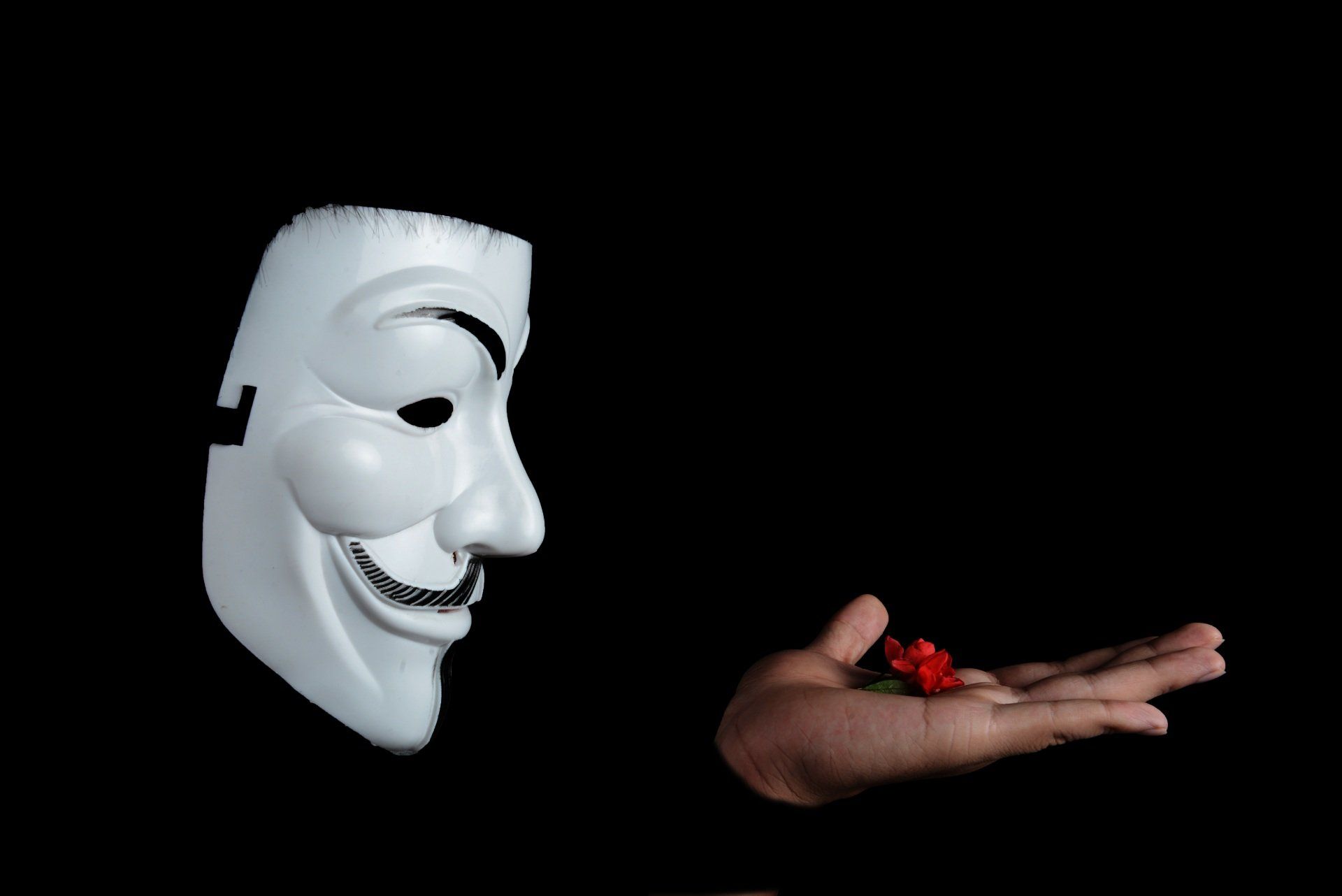
Here is our long list of links that most likely you don't need. Have a question? Give us a buzz...
TERMS OF SERVICE
PRODUCTS / SERVICES
COMPANY INFORMATION
COMPANY RESOURCES
PRODUCT
LINKS
Call Us Today!
(805) 202-2368
We are San Luis Obispo County's and Santa Barbara County's premier website designer. We provide businesses affordable and creative website design.
How is YOUR business found online?
*unlimited FREE connections to your website when purchased together with any Econcept website

